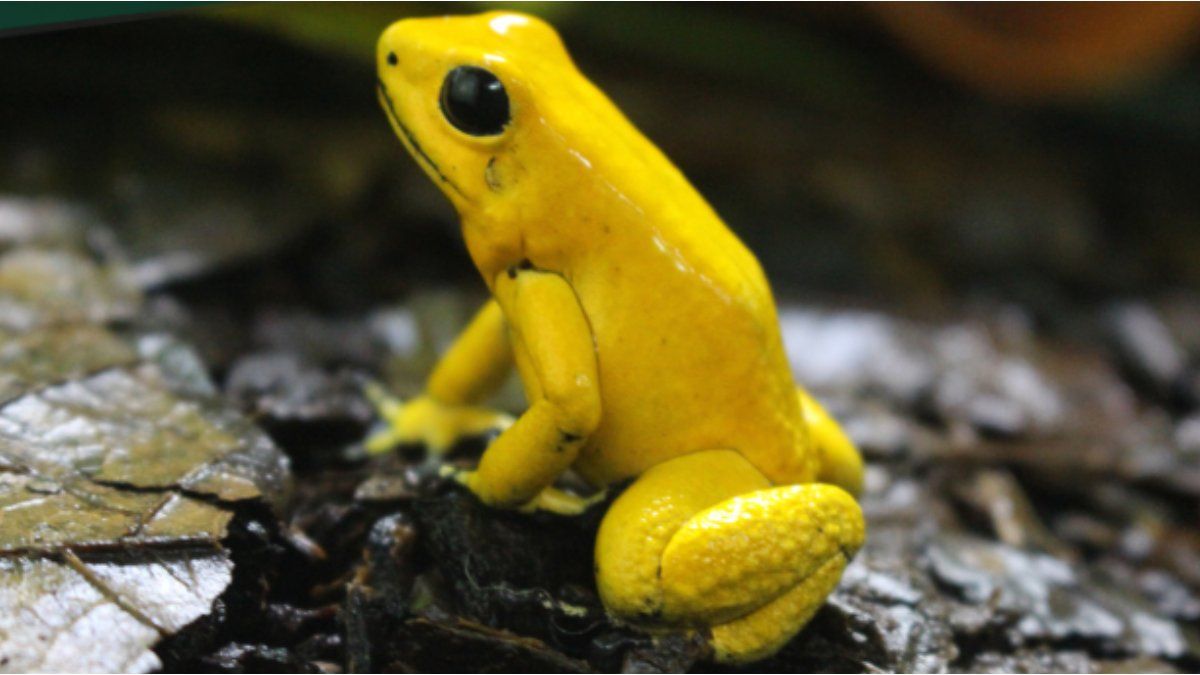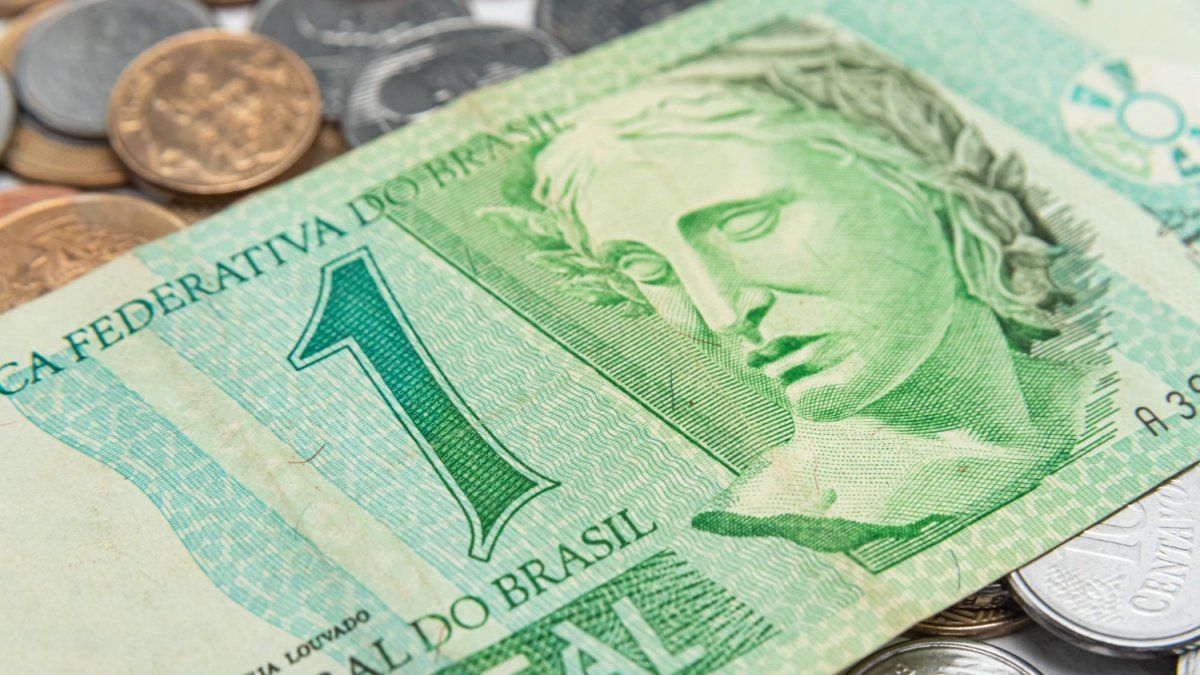The frog “Oophaga histriónica” moves within its artificial, green and humid habitat in Treasures of Colombiaa project of the fauna biodiversity Colombian, which is accessed via a dirt road lined with security cameras.
Illegal networks species traffickingstalk frogs of a wide range of colors, which do not reach half a centimeter in size, and whose poison can cause respiratory paralysis. According to the International Union for Conservation of Natureare in “critical danger“in its natural environment.
Treasures of Colombia (1).png
In Colombia, trafficking in frogs is punishable by 5 to 12 years in prison.
Treasures of Colombia
“If there is an international demand for frogs, it is important to provide legal frogs that can also reproduce at destination” abroad, he told AFP. Ivan Lozanofounder of this center with a population of 14 species. Trafficking in frogs is punished with between 5 and almost 12 years in prison in Colombia.
However, in USA and countries of Europe The possession of these amphibians is permitted and “millions of terrestrial vertebrate animals are taken alive from their environment in Colombia for international trafficking of species“he added. Some environmentalists estimate that the 10% of amphibians known in the world, they inhabit the Andean country with 895 species.
The legal difficulties for permitting these species
He self-sustainable project It exports seven species to the international market and another seven are awaiting permits. In the case of escape, frogs like these “could not adapt outside the controlled conditions of the terrarium and even inside a house,” he confirms. Alejandra Curubozootechnics.
Based on the United Nations Convention on Biological Diversity (CBD), signed by Bogotá in 1994, Tesoros de Colombia advocates for “legal biocommerce,” defends Lozano, an expert in the management of endangered species.
It is the only institution in Colombia regulated since 2005 to commercialize these species, with a license that is “very complex to obtain.” In January, containers of photographic rolls with 130 harlequin frogs.
Lozano hopes to gradually release the captive frogs once “international demand has decreased.” The millionaire loot from illegal trafficking still overshadows it, being the fourth illicit business most profitable in the world, with annual revenues of US$23,000 millionaccording to the UN.
Source: Ambito
I am a 24-year-old writer and journalist who has been working in the news industry for the past two years. I write primarily about market news, so if you’re looking for insights into what’s going on in the stock market or economic indicators, you’ve come to the right place. I also dabble in writing articles on lifestyle trends and pop culture news.




